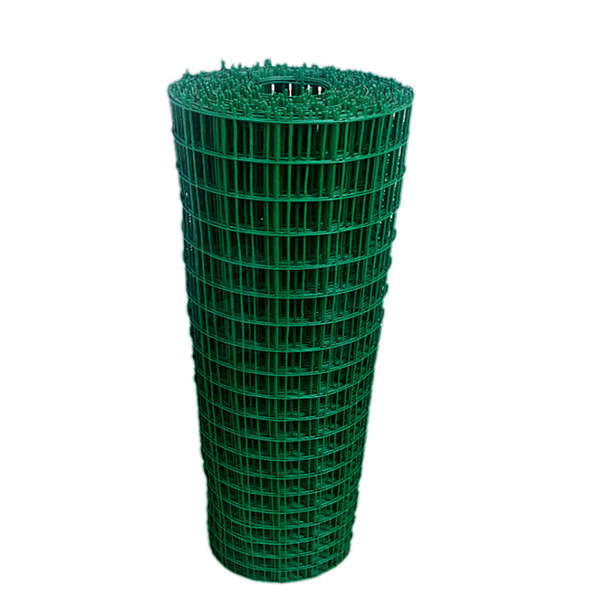
Sep . 01, 2024 13:00 Back to list
garden gate fitting
Garden Gate Fitting The Key to a Secure and Attractive Outdoor Space
A garden gate serves as the threshold between the beauty of your garden and the outside world. It's not only a functional element that provides security and privacy but also a significant design feature that enhances the overall aesthetic of your outdoor space. The process of fitting a garden gate involves careful planning and execution to ensure it complements your garden's style while providing durability and ease of use.
Choosing the Right Gate
Before you delve into fitting a garden gate, selecting the right type of gate is paramount. Garden gates come in various styles and materials, each serving a different purpose and aesthetic. Wooden gates offer a traditional, rustic charm, whereas metal gates can lend a more contemporary or industrial feel. Additionally, consider functional aspects such as height, width, and the intended security level. A taller gate can add privacy, while a wider one can facilitate the movement of larger items in and out of the garden.
Essential Tools and Materials
Once you've chosen the perfect gate, it's time to gather the necessary tools and materials for fitting. You will typically need a drill, screws, hinges, a level, a measuring tape, and possibly concrete if you're installing posts. If your gate is made of wood, weatherproofing materials can enhance its longevity. For metal gates, rust-resistant paint or coatings are essential to prevent corrosion.
Preparation and Installation
garden gate fitting

Begin by measuring the width of your gate opening to ensure a snug fit. Dig post holes if your gate requires support posts. The depth of these holes should generally be about one-third the length of the post to ensure stability. Once the holes are prepared, set the posts in concrete, ensuring that they are level and aligned with one another.
Next, attach the hinges to the gate. It’s advisable to install at least two hinges one near the top and another near the bottom. This will provide adequate support and prevent sagging over time. Afterward, lift the gate into position and attach the hinges to the posts. Check the alignment and ensure the gate swings smoothly before fully securing everything.
Adding Security Features
If security is a concern, consider adding a latch or lock system. There are various options available, from simple hook-and-eye latches to more sophisticated keyed locks. Installing a latch that can be operated from both sides of the gate will ensure ease of access while maintaining security.
Final Touches
Once your gate is installed, take a moment to enhance its look with a finish that matches your garden aesthetics. Paint, stain, or sealant can significantly affect the durability and appearance of your gate, so choose wisely. Additionally, consider adding landscaping elements near the gate, such as trellises or climbing plants, to create a seamless integration with your garden.
In conclusion, a well-fitted garden gate not only secures your property but also elevates the beauty of your outdoor space. With careful planning, the right materials, and a bit of effort, you can create a functional and attractive entrance to your garden that stands the test of time. Whether for aesthetic appeal or security, the right garden gate is an investment worth making.
-
Why a Chain Link Fence is the Right Choice
NewsJul.09,2025
-
Upgrade Your Fencing with High-Quality Coated Chicken Wire
NewsJul.09,2025
-
The Power of Fence Post Spikes
NewsJul.09,2025
-
The Best Pet Enclosures for Every Need
NewsJul.09,2025
-
Secure Your Property with Premium Barbed Wire Solutions
NewsJul.09,2025
-
Enhance Your Construction Projects with Quality Gabion Boxes
NewsJul.09,2025
Products categories











